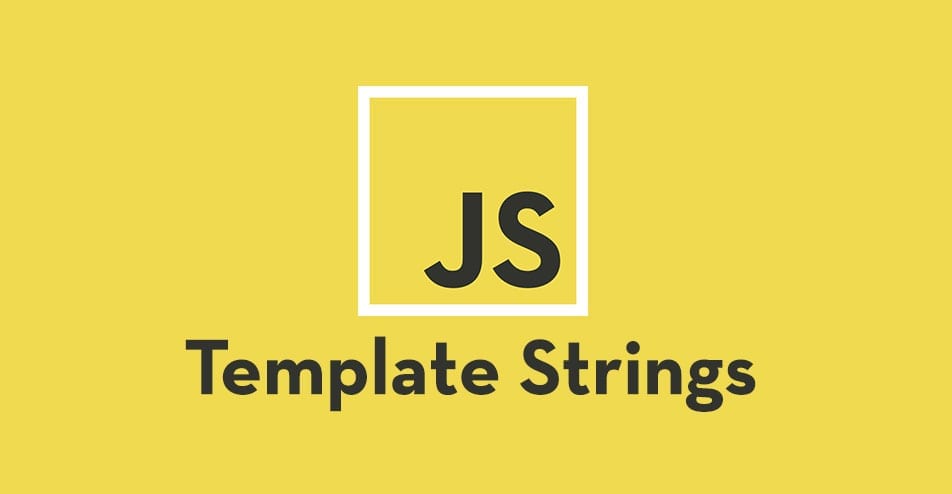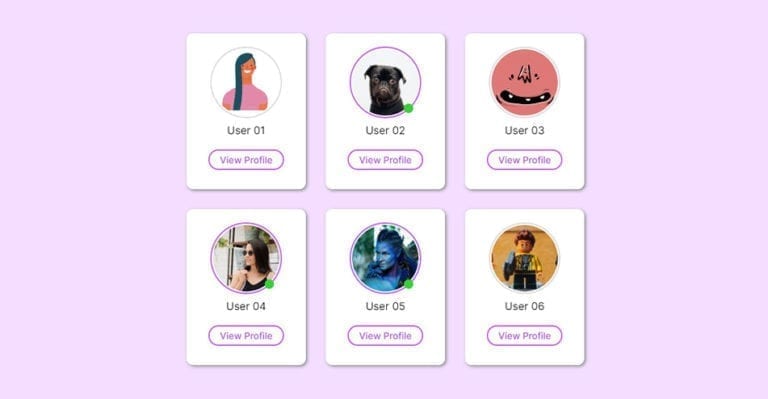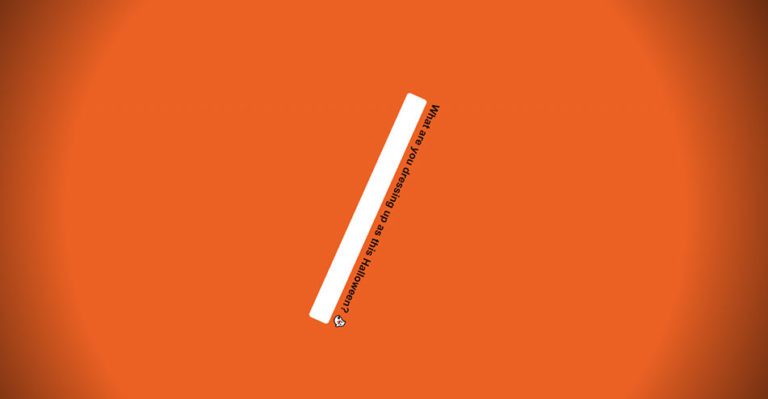JavaScript ES6: Template Strings

Template strings (or template literals) in JavaScript ES6 is a technique in which you can put variables into strings. Similar to const and let, template strings don’t offer much in the way of new functionality but instead make some quality of life improvements to our syntax.
In ES5, if you want to add variables into a string you need to end the string, concatenate in your variable and start writing your string again.
// ES5
var name = "Jonathan";
var currentDate = new Date().getFullYear();
var sentence = "My name is " + name + " and the year is " + currentDate + ".";
console.log(sentence); // My name is Jonathan and the year is 2020.In the example above, we are concatenating in two variables (name, currentDate) into a string. As you can see, we have to keep ending the string to add the variables and it’s already getting quite messy with double quotes and plus symbols all over the place. It’s also highly prone to syntax errors and just a pain to have to write out.
Let’s tidy it up a bit with ES6 template strings.
A template string is just a nicer way to join together JavaScript variables with a string.
// ES6
var name = "Jonathan";
var currentDate = new Date().getFullYear();
var sentence = `My name is ${name} and the year is ${currentDate}.`;
console.log(sentence); // My name is Jonathan and the year is 2020.With template strings, instead of using double or single quotes ,we use back-ticks. Inside the back-ticks, any time we want to add a variable we wrap the variable name in curly brackets and put a dollar sign in front of it.
We’re not limited to just using variable names. Any valid JavaScript expression will work.
// We manipulate the variable
var sentence = `...and the year is ${currentDate * 2}.`; // ...and the year is 4040
// We can ignore the variable entirely and add the date directly into the string
var sentence = `...and the year is ${new Date().getFullYear()}.`; // ...and the year is 2020Using template strings is a small quality of life improvement. The string written out is more legible than it was when we had to keep using double quotes and plus symbols and is less prone to syntax errors.
Continue Reading
-

ACF Relationship Field Prev/Next Buttons
Looking to create custom previous and next buttons from ACF's Relationship field with the full code snippet provided? Then you've come to the right place!
-

CodePen Challenge: Handling User-Uploaded Images
In this week's Challenge, we start with a set of very different user-uploaded avatars and it's our job to do something with them to bring them together nicely.
-

CodePen Challenge: Terrible Text Fields
Be wary, a tormented ghost has possessed the text field in this CodePen. Type into the text field, if you dare, and experience the spirit's wrath!
-

CodePen Challenge: Gangnam Style
For this week's challenge, we make the shift from MTV to YouTube with the first video to get 1 billion views: "Gangnam Style" by Psy. Love it or hate it, if you were online in 2012 you definitely saw it. And you can't deny it's got some great colors!




